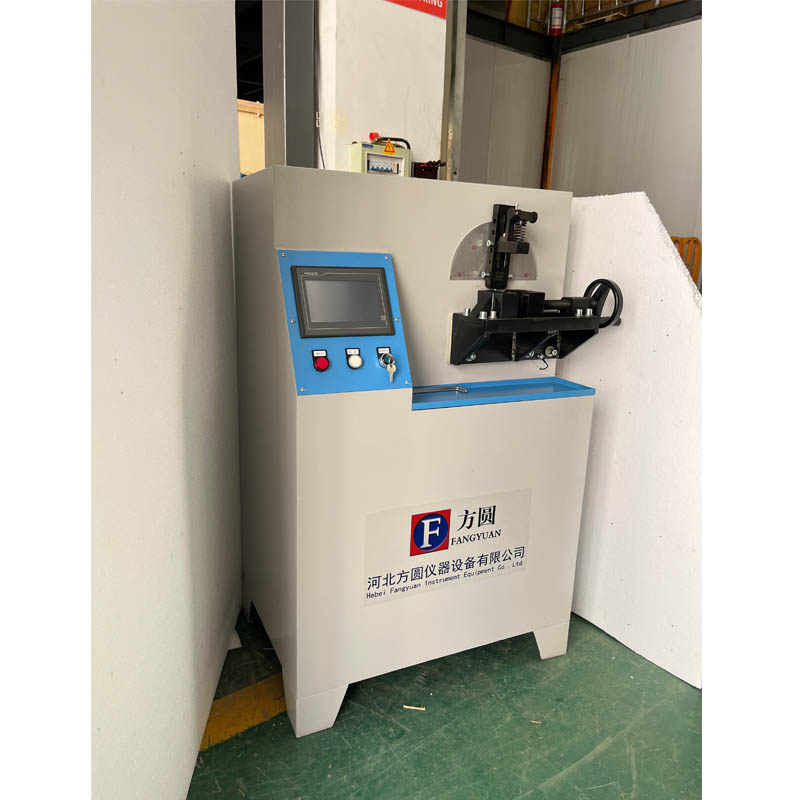China Conductor Resistance Constant Temperature Test
Understanding Conductor Resistance at Constant Temperature in China
In the realm of electrical engineering and materials science, the resistance of conductors remains a critical parameter affecting the performance of electrical systems. This article delves into the significance of conductor resistance, particularly focusing on standardized tests conducted under constant temperature conditions in China.
Resistance in conductors is influenced by various factors, including material composition, temperature, and cross-sectional area. The fundamental principle governing electrical resistance is Ohm’s Law, which states that resistance (R) is equal to voltage (V) divided by current (I). However, it is essential to understand that resistance is not a constant value; it varies with temperature. Conductors, such as copper and aluminum, exhibit an increase in resistance with a rise in temperature, which can significantly impact their performance in practical applications.
In China, rigorous testing protocols are established to evaluate the resistance of conductors under controlled conditions. Maintaining a constant temperature during these tests is crucial. This is because fluctuations in temperature can introduce variability in resistance measurements, leading to unreliable data. The most commonly utilized standard for these tests is the National Standard GB/T 3048, which outlines the methodology for determining the resistance of conductors at a specified temperature.
china conductor resistance constant temperature test

The tests usually involve placing a sample conductor within a temperature-controlled environment. This ensures that the temperature remains stable throughout the measurement process. By doing so, researchers can obtain precise resistance values that are free from environmental influences. Typically, the tests are performed at room temperature (20°C) but can be adjusted based on specific requirements of the study or application.
One of the primary objectives of conducting resistance tests at constant temperature is to facilitate the comparison of different materials. For example, when assessing various alloys or composites used in electrical applications, consistent measurement conditions are necessary to draw valid conclusions regarding their comparative performance. This is especially important in industries such as telecommunications, renewable energy, and high-voltage power systems, where the reliability of conductors directly impacts efficiency and safety.
Moreover, the data obtained from these resistance tests are invaluable for research and development. Engineers and scientists analyze the results to enhance conductor designs, improve material formulations, and ultimately innovate new technologies. For instance, by understanding how different materials respond to temperature changes, manufacturers can optimize their products for better thermal stability and conductivity, thus enhancing overall system performance.
In conclusion, the measurement of conductor resistance at a constant temperature is a fundamental process that ensures the reliability and accuracy of data in materials testing. In China, adherence to established standards like GB/T 3048 ensures that researchers and engineers can confidently analyze conductor performance and develop innovative solutions in various electrical applications. As technology continues to evolve, understanding and monitoring conductor resistance will remain a pivotal aspect of electrical systems, aiding in the advancement of safer and more efficient energy solutions.
-
Unleashing the Potential of Digital Profile Projectors
NewsMay.22,2025
-
Smoke Density Test Machines for Fire Safety Assessment
NewsMay.22,2025
-
Revolutionizing Testing with Electronic Tensile Tester
NewsMay.22,2025
-
Innovations in Resistance Test Equipment
NewsMay.22,2025
-
Exploring High Performance Cable Cross Linking Equipment
NewsMay.22,2025
-
Advancements in Conductor Resistance Test Equipment
NewsMay.22,2025
 Copyright © 2025 Hebei Fangyuan Instrument & Equipment Co.,Ltd. All Rights Reserved. Sitemap | Privacy Policy
Copyright © 2025 Hebei Fangyuan Instrument & Equipment Co.,Ltd. All Rights Reserved. Sitemap | Privacy Policy
